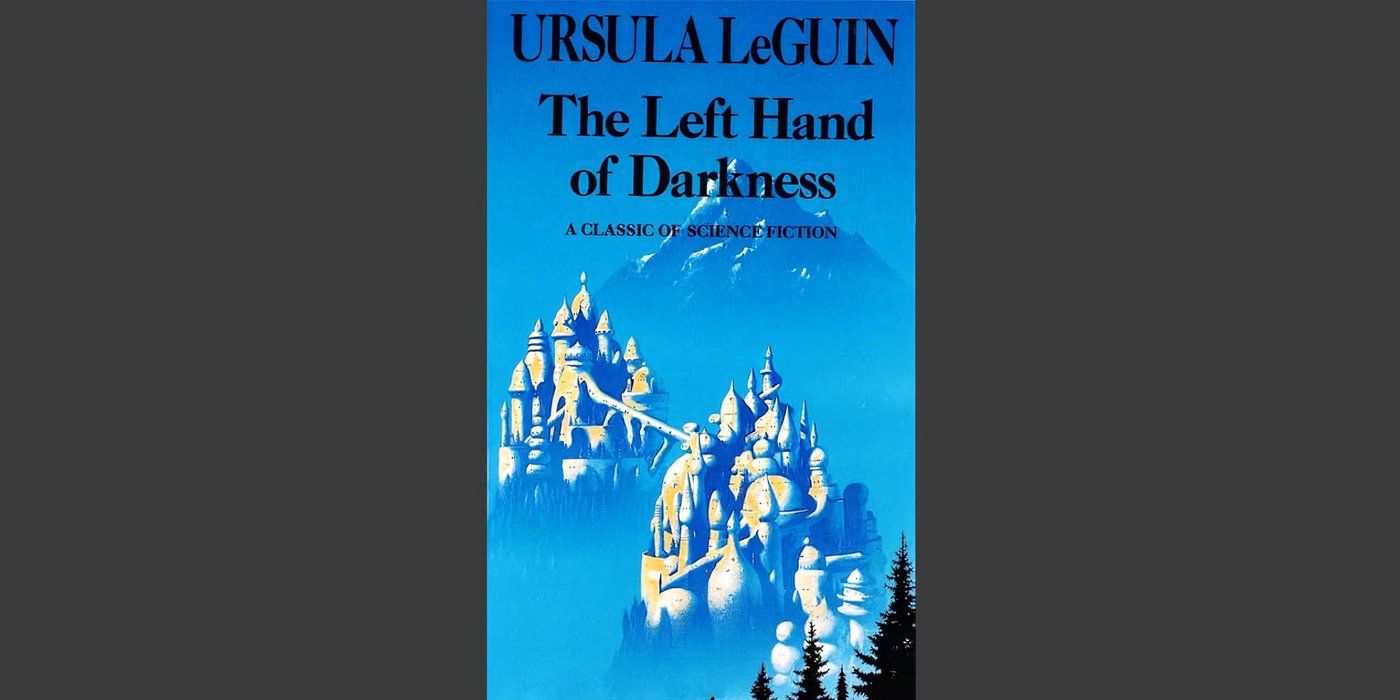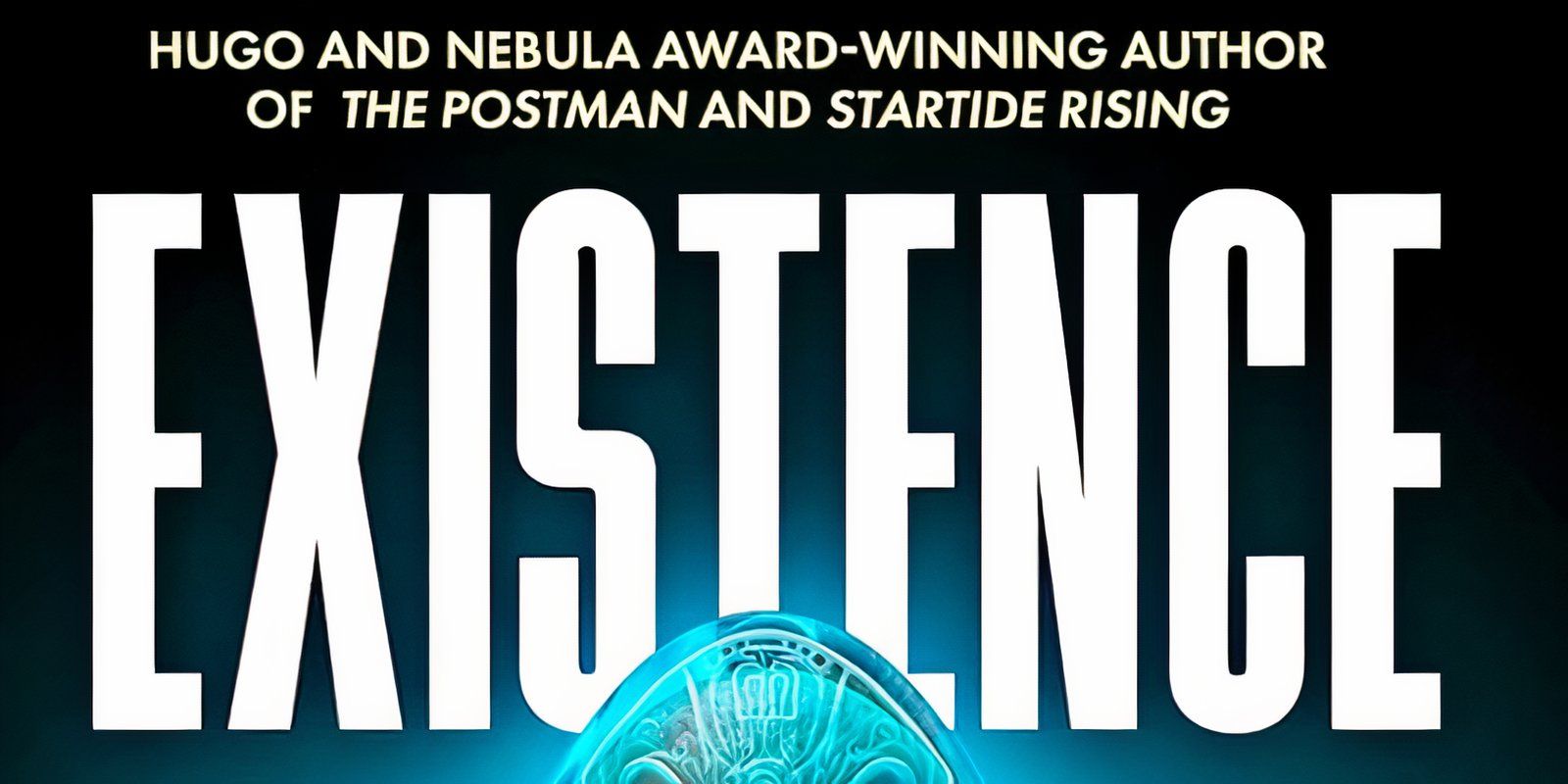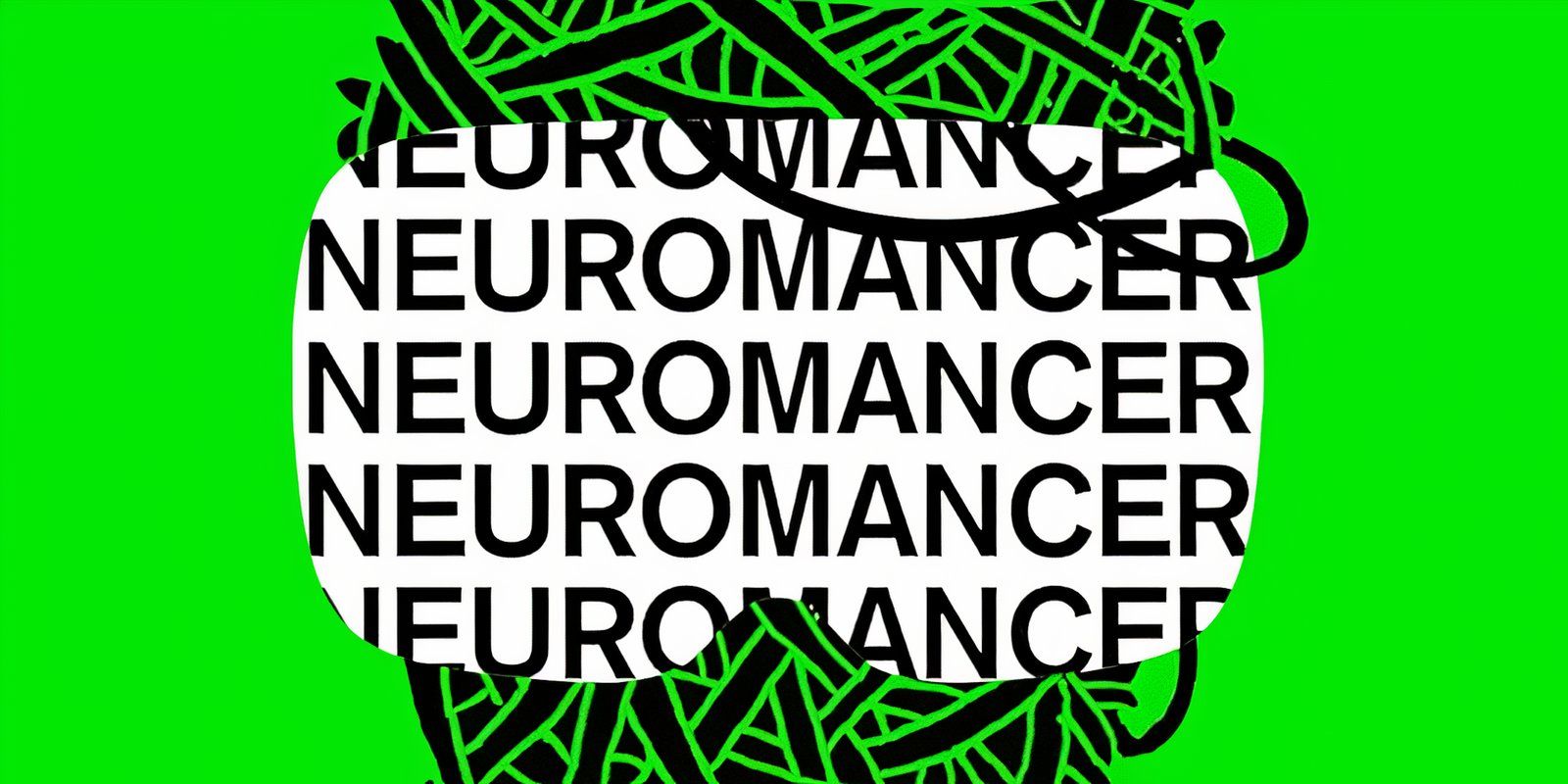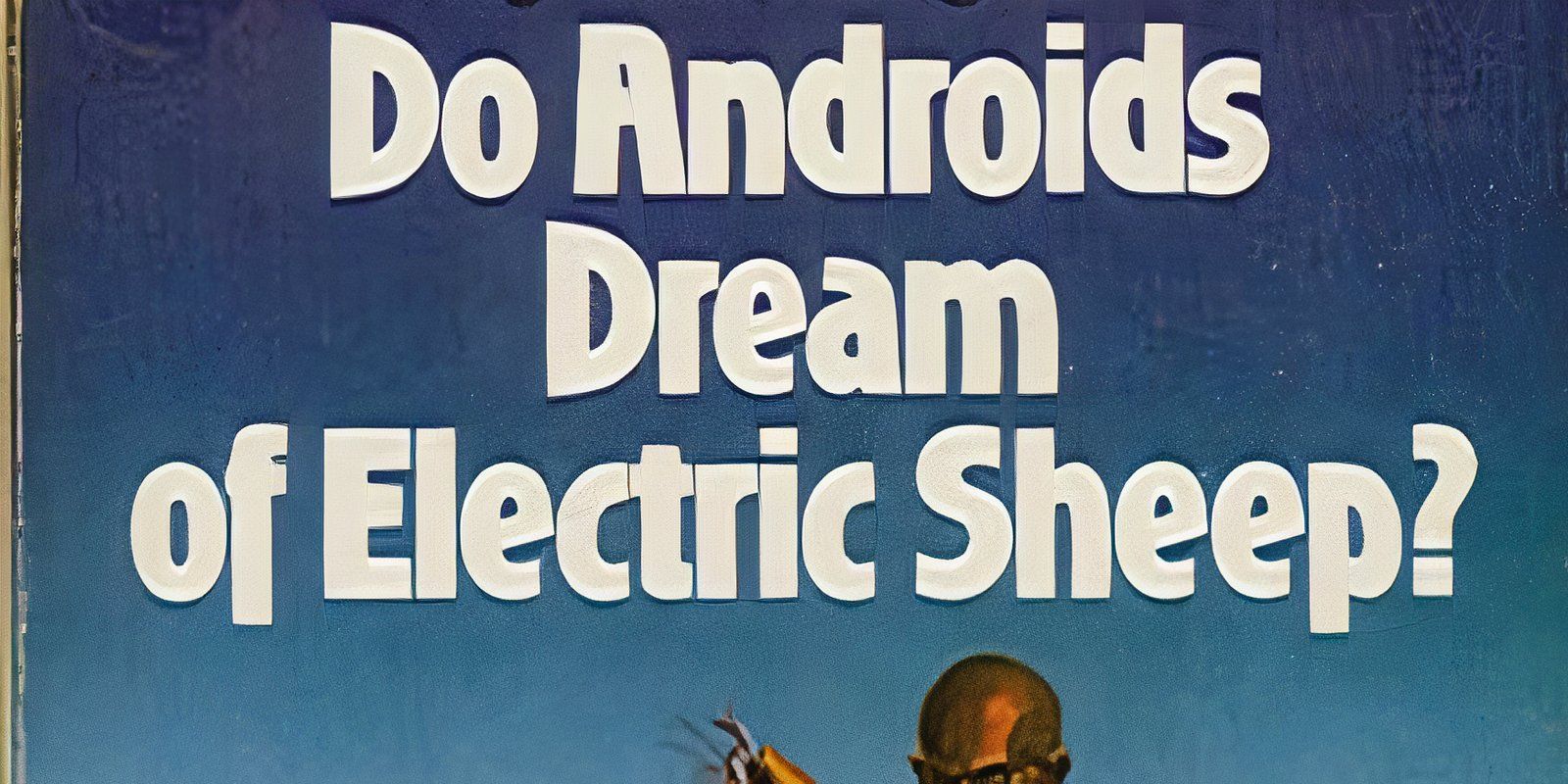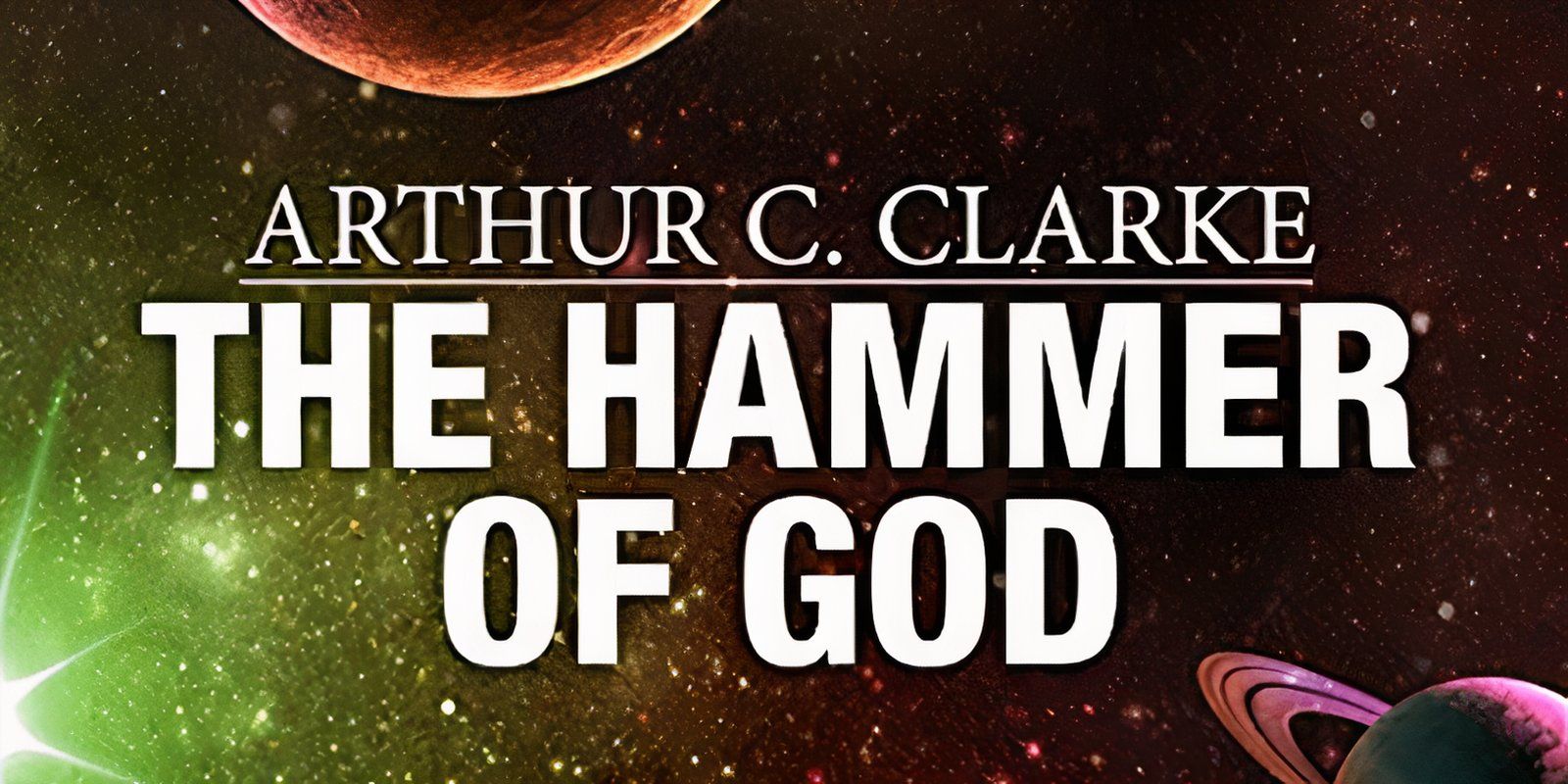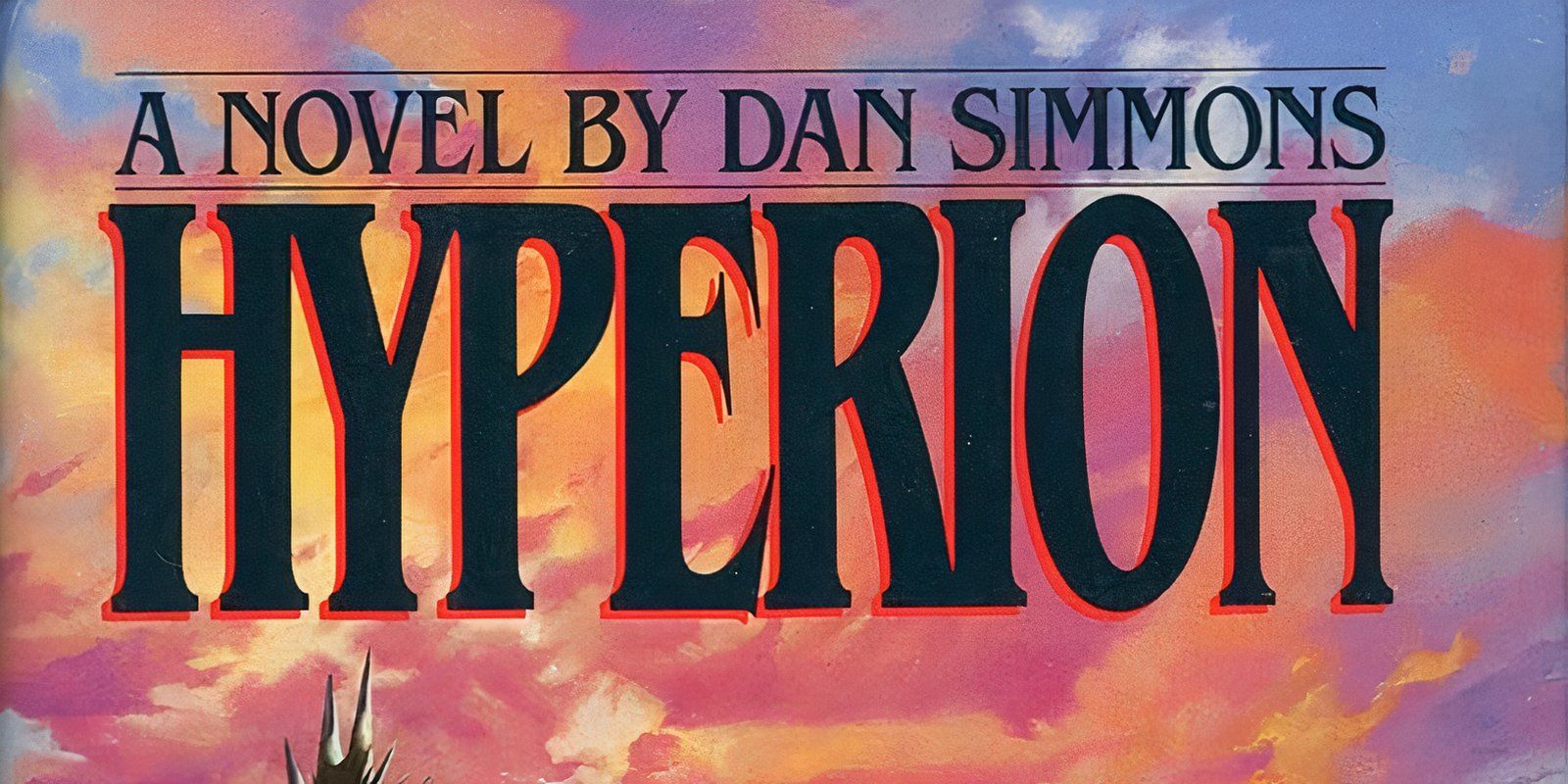While sci-fi books and movies don’t necessarily have to revolve around aliens to qualify as part of the genre, discussions about life on other worlds have always featured compelling, memorable stories. The 1980s were a decade that saw a rise in the popularity and scale of science fiction, especially when it comes to alien narratives. Classics like the Star Wars sequels, E.T. the Extraterrestrial, and many more contributed to the development of audience perception of aliens today. Whether they were fearsome antagonists or friendly allies, the depictions of these fictional creatures are far-reaching.
While some sci-fi movies from the ’80s are bonkers but fun, others take the genre more seriously and deeply interrogate universal human truths and questions. No matter what version of the genre readers are looking for, there are still plenty of interesting messages to be found in these narratives. Even if these books don’t necessarily touch upon alien life, they’re in conversation with the themes and messages of ’80s alien movies. These topics reflect the anxieties and values of the ’80s, which primarily revolved around the disruption of the nuclear family and the overall threat of the so-called “other.”
10 Blind Lake (2003)
Written by Robert Charles Wilson
The discovery of life outside Earth is something that sci-fi has been concerned with since the beginning of the genre and the moments when humanity first looked up at the stars. In Blind Lake, the story unfolds as the people in a group of scientists in Minnesota discover sentient life many light-years away. This makes them too distant to contact but gives vital insight into the universe outside Earth. While this happens, the domestic lives of the characters continue on, even after they’re quarantined in their lab by the government.
The aliens that the scientists observe in
Blind Lake
have lives of their own, and this prompts both the reader and characters to reflect on their own lives.
Of course, at the heart of every alien story is the unsurprising discovery that these otherworldly beings might not be so different from humanity. The aliens that the scientists observe in Blind Lake have lives of their own, and this prompts both the reader and characters to reflect on their own lives. Like many of the great sci-fi films to come out in the ’80s, Blind Lake takes its outlandish and unexpected premise and uses it as a metaphor for the way people interact with each other on Earth.
9 The Left Hand Of Darkness (1969)
Written by Ursula K. Le Guin
It’s difficult to choose just one novel by sci-fi writer Ursula K. Le Guin, as her work is some of the most influential of all time, both within and outside speculative fiction. In arguably her best book, The Left Hand of Darkness, the protagonist, Genly, is an envoy from the coalition of planets, the Ekumen, and journeys to Winter, or Gethen, to convince the world to join. While the Gethens are similar to humans in many ways, they differ in how their gender and sexuality are expressed, as they’re androgynous and can take on either form of physical sex characteristics.
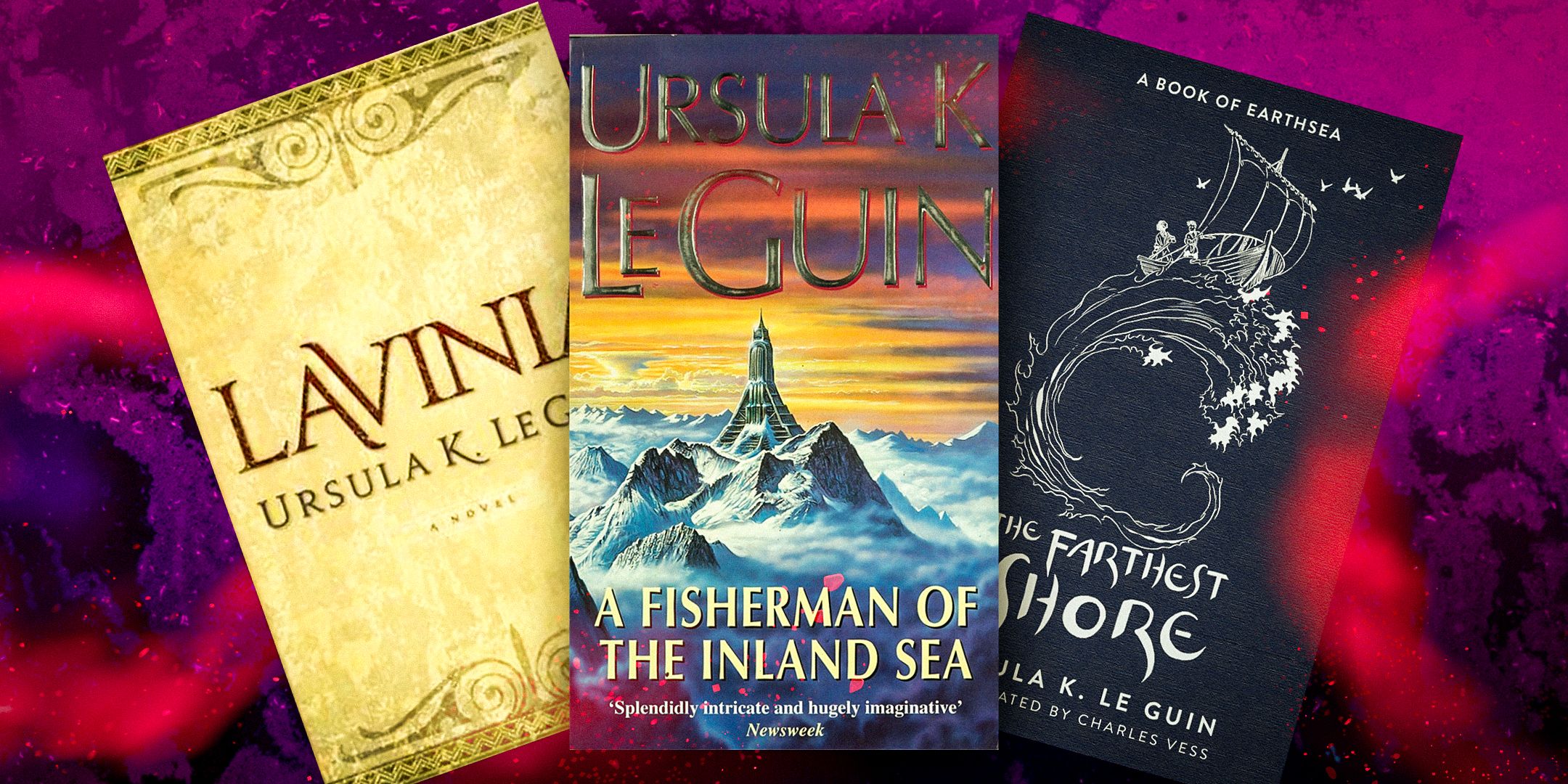
Related
Ursula K. Le Guin’s 10 Best Books, Ranked
As one of the best science fiction writers of all time, Ursula K Le Guin has created some of the most influential & boundary-pushing novels ever.
This difference is a source of confusion and misunderstanding for Genly, who is permanently biologically male and understands the world through the lens of a gender binary. Considered well ahead of its time, The Left Hand of Darkness disrupts the idea of a binary and explores how everything in the universe is a combination of impulses and expressions, not boxed into one particular identity. However, The Left Hand of Darkness also touches upon political intrigue and adventure, allowing it to incorporate plenty of action alongside its philosophical messages.
8 Agent To The Stars (2005)
Written by John Scalzi
There are many ideas about how aliens would make their presence known to humanity within the sci-fi genre, and not all of them are friendly. However, in Agent to the Stars, the aliens are just trying to make a good impression on humans and extend their hand in friendship. Unfortunately, this isn’t easy, as they aren’t the most appealing creatures, so they recruit Thomas Stein, a Hollywood talent agent, to help ease their transition into acceptance on Earth.
Agent to the Stars
is more comedic than some of the dark and depressing additions to the sci-fi genre that concern themselves with the end of the universe.
Agent to the Stars is more comedic than some of the dark and depressing additions to the sci-fi genre that concern themselves with the end of the universe. The novel is similar to comedies like Earth Girls Are Easy or even Spaceballs, and the author, John Scalzi, isn’t afraid to make use of the culture clash between humans and aliens. For a novel with a lighter tone but still plenty of space-based references, Agent to the Stars is the perfect work.
7 Dawn (1987)
Written by Octavia E. Butler
Dawn is a classic sci-fi book that could be turned into a movie, as with most of Octavia E. Butler’s works. The highly influential and iconic author penned many of the best works of science fiction, but Dawn relates the most to alien narratives of the ’80s. Dawn is the first book in the Xenogenesis series, which follows Lilith, one of the last members of humanity who’s tasked with repopulation and evolution. Her journey begins as a nuclear armageddon swallows Earth, and she’s saved by a race of aliens.
However, there’s a catch. The aliens, the Oankali, want to merge with the humans to create a new species, and Lilith is on the front lines of this development. Questions arise about whether Lilith wants to or should join with the Oankali to create a new branch of humanity and what it will mean if these new people aren’t the humans that once lived on Earth. The following books explore what happens to these hybrid children and how the two races have opposing views on how the universe should expand.
6 The Hitchhiker’s Guide To The Galaxy (1979)
Written by Douglas Adams
Though The Hitchhiker’s Guide to the Galaxy is a sci-fi book that’s more fiction than science, this doesn’t make it any less well-developed than any other sci-fi project. Even though the world-building and alien life in the book are outlandish and humorous, they’re still well-crafted and make logical sense within the story’s universe. The Hitchhiker’s Guide to the Galaxy has been adapted for the screen several times. However, few iterations have captured the spirit of the original book, which clearly inspired sci-fi comedies of the ’80s.
The Hitchhiker’s Guide to the Galaxy
is the definition of a project that has all the best parts of alien sci-fi but doesn’t distance itself from readers.
It’s a well-known work of sci-fi for a reason and a great introduction to the world of speculative fiction as it’s told from the perspective of a relatable human, Arthur. This helps it connect with a wide variety of audiences. Part of the reason 1980s sci-fi movies were so popular was because they could be understood by all viewers, making them crossover hits. The Hitchhiker’s Guide to the Galaxy is the definition of a project that has all the best parts of alien sci-fi but doesn’t distance itself from readers.
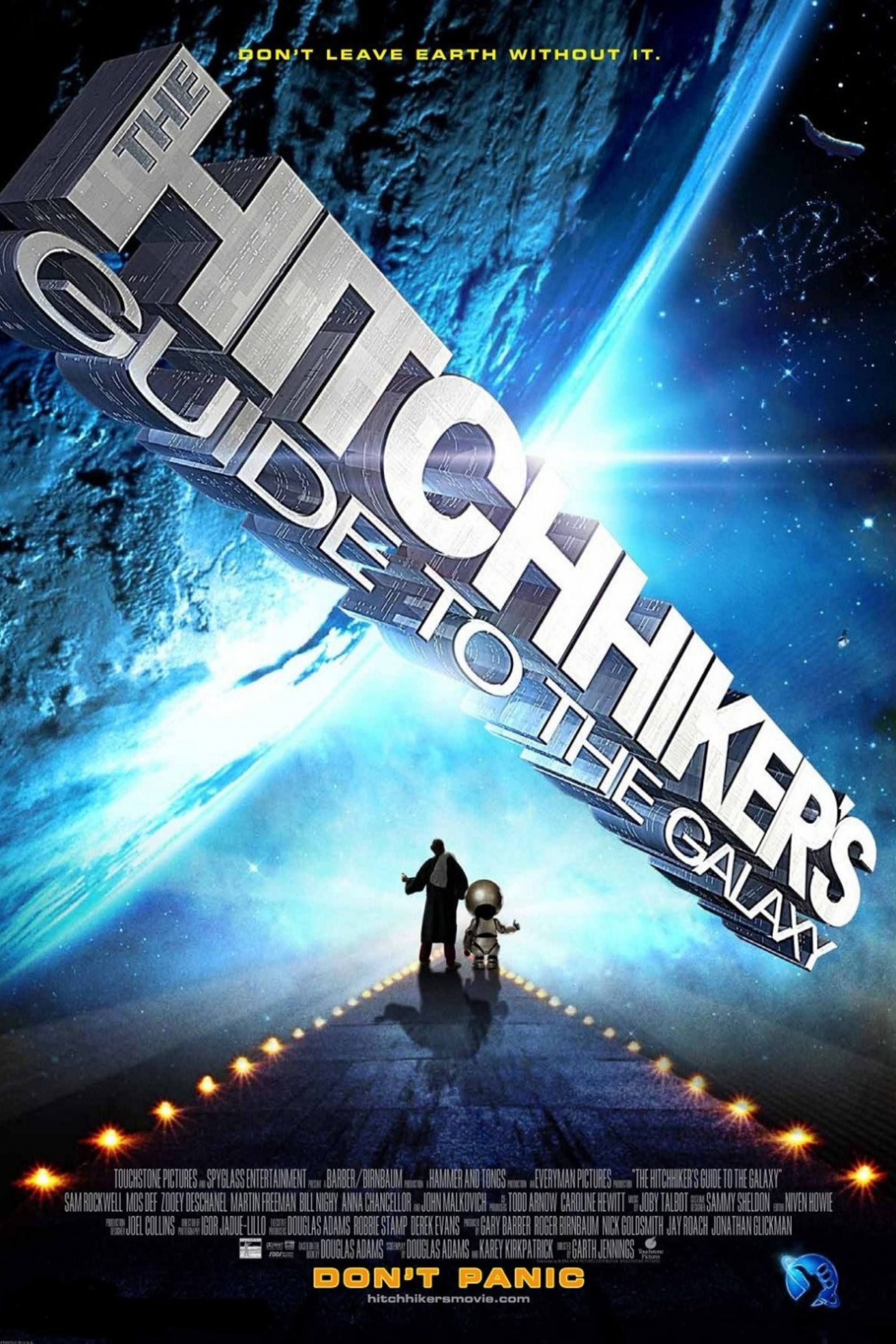
The Hitchhiker’s Guide to the Galaxy is a sci-fi comedy film directed by Garth Jennings. It follows Arthur Dent, played by Martin Freeman, who is unwittingly swept into an intergalactic adventure after Earth is destroyed. Arthur, along with Ford Prefect, Zaphod Beeblebrox, and Trillian, explores space while consulting the titular guidebook. Sam Rockwell, Zooey Deschanel, and Mos Def co-star in this adaptation of Douglas Adams’ beloved novel.
- Director
- Garth Jennings
- Release Date
- April 29, 2005
- Writers
- Douglas Adams , Karey Kirkpatrick
- Runtime
- 109 Minutes
5 Existence (2012)
Written by David Brin
When an alien artifact is discovered and sends humanity into chaos, the characters in Existence are left to reflect on their position within the universe. The author, David Birn, is known for his contributions to sci-fi and intensive theoretical questions about what the discovery of alien life would mean for Earth and human society. Existence isn’t as highly rated as some of Birn’s other work, but it’s still a fascinating and ambitious addition to the sci-fi canon.
There are many competing storylines and perspectives in Existence, as the opposing ideologies and beliefs about what to do with the alien discovery spark intense conflict and debate. Due to the heavy world-building and frequent POV changes, Existence can be a difficult book to crack. However, once readers get into the groove of the story, it focuses on universal interrogations of what any new discovery means, not just of alien life.
4 Neuromancer (1984)
Written by William Gibson
William Gibson’s Neuromancer embodies many of the best parts of ’80s sci-fi, which makes sense considering the book was written in the mid-’80s. Computer hacking is a large part of the narrative, as the protagonist, Henry, is a brilliant hacker but is disconnected from the system that taps into the nervous systems of programmers. To get his access back, Henry dives head-first into a world of conspiracy and corruption in Neuromancer.
Of all the books that predict the future of technology,
Neuromancer
is one of the most fully realized and holds up well today.
Of all the books that predict the future of technology, Neuromancer is one of the most fully realized and holds up well today. Discussions of the dangers of technological innovation were also a large part of ’80s movies, especially within the alien genre. The world that Henry enters when he’s hacking is similar to another planet, and the modifications that he and only hackers can do in cyberspace are similar to the introduction of alien technologies on human life.
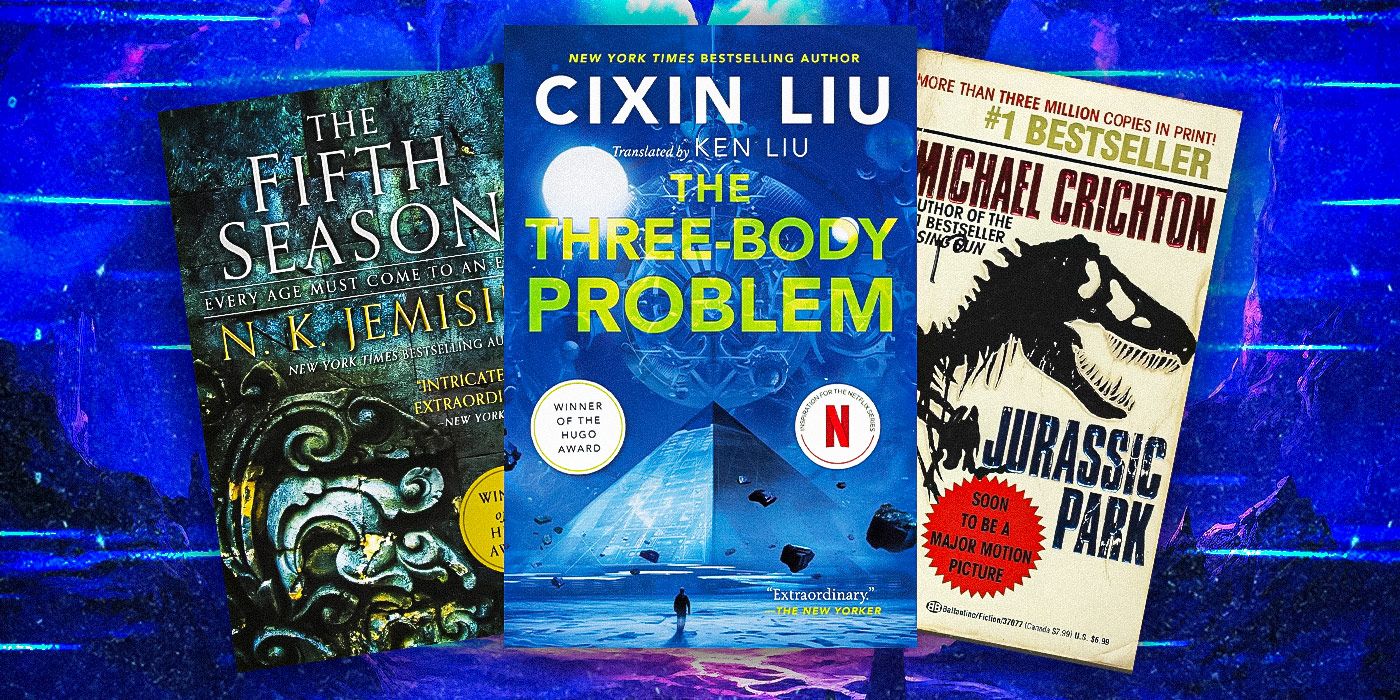
Related
10 Ambitious Sci-Fi Books That Really Pay Off
Sci-fi is an ambitious genre, but not all science fiction books clear the high bar they set. Others, however, are more than worth the read.
3 Do Androids Dream Of Electric Sheep? (1968)
Written by Philip K. Dick
Do Androids Dream of Electric Sheep? does have its own film adaptation, the iconic 1980s sci-fi film Blade Runner. While the novel and movie don’t directly deal with aliens, focusing on the emergence of technology that gives robots sentience, this ties in well with the overarching themes of alien stories. The way the characters interact with the androids and how society views them is subhuman and something to be both used and feared. This is similar to many extraterrestrial movies that touch upon the difference between humans and aliens.
Additionally, the dystopian setting and post-apocalyptic elements are reminiscent of the anxieties of the 1980s at the end of the Cold War. Another key facet of the book is that the androids escape from Mars and travel back to Earth in search of freedom from subjugation, which is what kicks off the events of the story. In the end, the protagonist, Rick Deckard, must hunt down and kill the androids within their failing society, even though he comes to realize how wrong it is.
2 The Hammer Of God (1993)
Written by Arthur C. Clarke
Written by the seminal author Arthur C. Clarke, the writer who also penned classics like 2001: A Space Odyssey and many other projects, The Hammer of God is an epic disaster narrative. The characters in The Hammer of God live in a distant future where human life has been extended, and people are scattered among the stars, with the protagonist residing on Mars. Hammer of God takes place in the immediate aftermath of the discovery of an asteroid heading for Earth and the governmental and religious factions’ response.
Throughout the story, the author and characters reflect on how humanity has already altered so much of the cosmos and the natural course of human life and what this means for the future of civilization.
Humans are almost positioned as the aliens in The Hammer of God, as the book philosophizes about whether there should be intervention in a massive event like an asteroid hitting Earth. Throughout the story, the author and characters reflect on how humanity has already altered so much of the cosmos and the natural course of human life and what this means for the future of civilization. The descent of the asteroid and people’s varying reactions are similar to the many disaster and sci-fi movies of the ’80s that explored how people react in dire situations.
1 Hyperion (1989)
Written by Dan Simmons
Winner of the Hugo Award for best novel, Hyperion is an epic quest of a group of pilgrims to a planet on the outer rings of society to see the legendary time tombs and the Shrike. Hyperion describes the Shrike as an ephemeral creature that will grant each of the travelers one wish. From there, the reader learns about each person on the journey and why they’re there. Each story is full of tragedy and suffering and reveals new aspects of the character’s motivations and what parts of the universe have led them to such dire action.
Frequently compared to The Canterbury Tales, Hyperion is chronicled in discrete sections, with the tale of each pilgrim coming to life on the page. The central creature, the Shrike, is an alien god-like entity, and though its motivations are mysterious, each of the characters has come into contact with it in the past. Whether the characters view the Shrike as the answer or source of their problems is ultimately revealed throughout their stories. Hyperion is sci-fi but has much in common with the layout of high fantasy and uses its ensemble narrative to create a strong impact on the reader.



